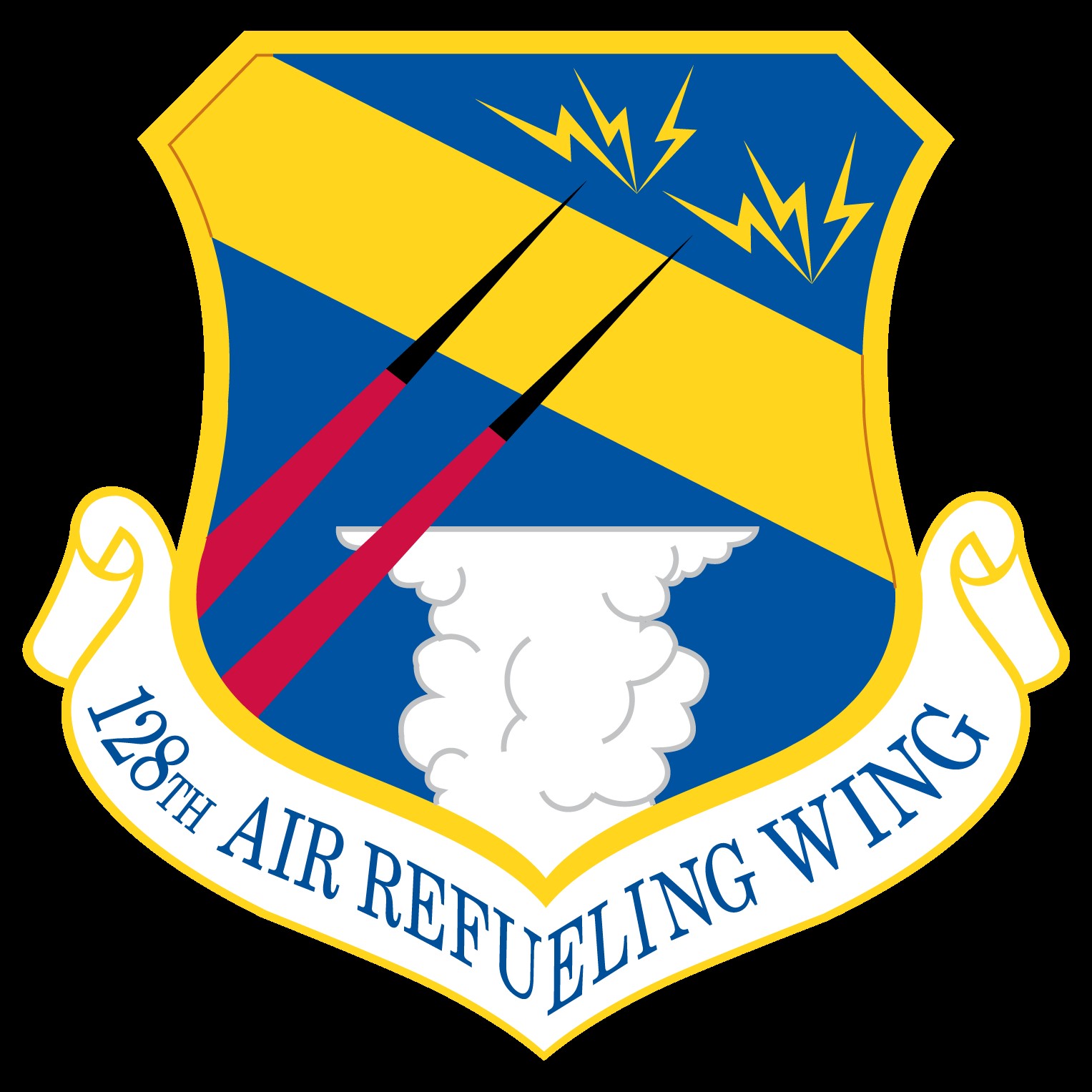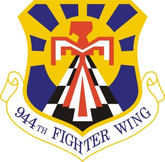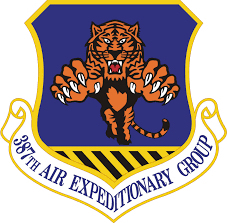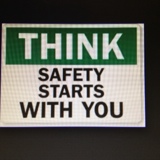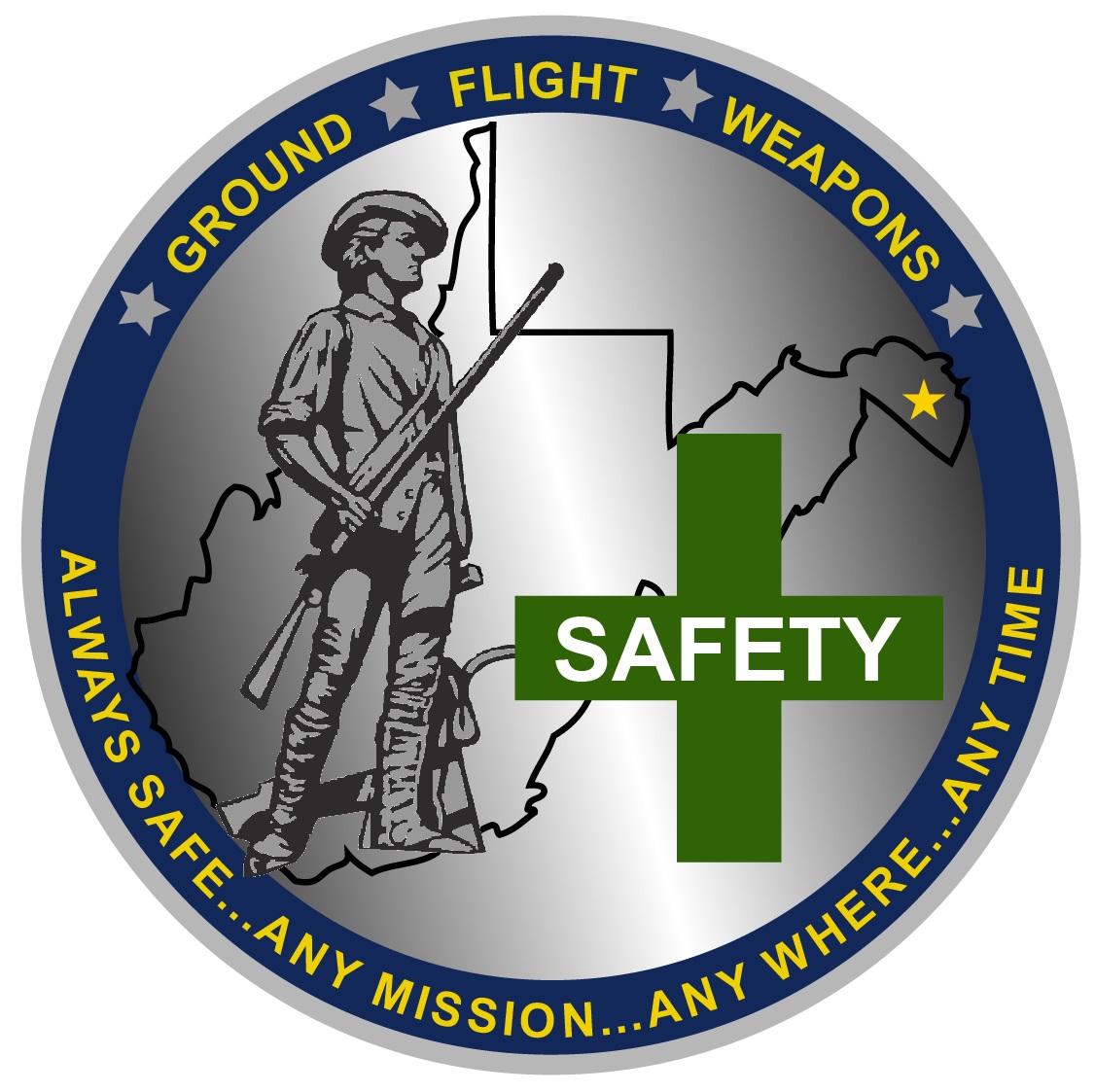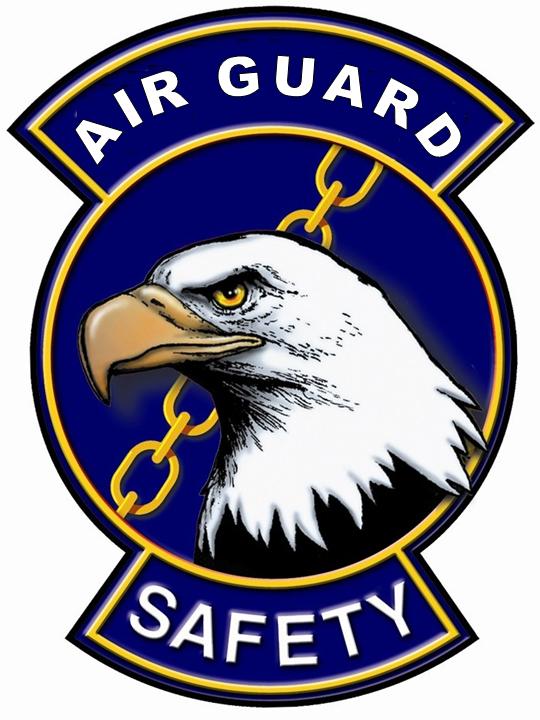Information
-
Document No.
-
Audit Title
-
Client / Site
-
Conducted on
-
Prepared by
-
Location
-
Personnel
32.16. Motor Vehicles – Operation and Maintenance Checklist.
-
32.16.1. Are vehicle maintenance operations, such as painting, welding, battery work, and wheel and<br>tire maintenance operations performed in separate parts of the facility to prevent operations of one<br>kind from being hazardous to another? Reference 32.2.4.2
-
32.16.2. Are vented lockers provided for workers‘ clothing? Reference 32.2.4.4
-
32.16.3. Is the consumption of foods or drinks prohibited in paint shops? Reference 32.3.5
-
32.16.4. Do vehicle operators and mechanics sound vehicle horns before backing, intermittently<br>during backing (unless vehicle is equipped with backup alarms) and prior to entering or leaving the<br>maintenance shop? Reference 32.4.3
-
32.16.5. Do vehicle operators and mechanics ensure roll down or side sliding doors are completely<br>opened before a vehicle enters or exits the maintenance shop? Reference 32.4.3
-
32.16.6. Are emergency eyewash station(s) provided for workers who may come in contact with<br>corrosive materials? Reference 32.4.7
-
32.16.7. Do workers remove all items of jewelry before working on or around shop equipment or<br>vehicles? Reference 32.4.8
-
32.16.8. Where compressed air is used for cleaning, is the discharge end of the air line restricted to<br>less than 30 psi? Reference 32.4.14.4
-
32.16.9. Are tools not in use kept in suitable containers? Reference 32.4.15.4
-
32.16.10. Is the use of flame-producing equipment prohibited in refueler maintenance shops?<br>Reference 32.5.1.1
-
32.16.11. Are workers prohibited from storing fuel-contaminated clothing in lockers or other<br>confined areas? Reference 32.7.1.1
-
32.16.12. Is the storage, use and handling of flammable and combustible liquids accomplished<br>according to Chapter 22 and local FES Flight requirements? Reference 32.7.2.1
-
32.16.13. Is clear, unrestricted access maintained to on-off power control switches and stations?<br>Reference 32.8.2
-
32.16.14. Is the use of flammable liquid for cleaning shop floors prohibited? Reference 32.9.1.4
-
32.16.15. Are all compressed gas cylinders stored upright with valves closed and protective caps in<br>place? Reference 32.12.2.5.4
-
32.16.16. Do operators using hydraulic vehicle lifts ensure vehicle doors, hood and trunk are closed,<br>no one is inside the vehicle prior to lifting it? Reference 32.13.3.1.1
-
32.16.17. Are workers prohibited from working under vehicles supported only on hydraulic floor<br>jacks, post jacks or mechanical jacks? Reference 32.13.3.3
-
32.16.18. Are current OSHA tire charts (such as OSHA 3086), rim manuals, and applicable TOs<br>available to ensure extensive damage to equipment and serious or fatal injuries to personnel are<br>prevented? Reference 32.14.1.1
-
32.16.19. Are tires on multi-piece rim wheels completely deflated by removing the valve core before<br>the rim wheel is removed from the axle? Reference 32.14.4.1
-
32.16.20. When reinflation of tires installed on multi-piece rims is approved for tires already<br>mounted on the vehicle, are safeguards used to encase the wheel and tire (chains, remote control<br>inflation equipment, etc.)? Reference 32.14.4.3
-
32.16.21. Are personnel out of the trajectory when inflating tires? Reference 32.14.5.8
-
32.16.22. Is the loosening of lug nuts on dual wheels prohibited until all air is exhausted from both<br>tires? Reference 32.14.6.2.2
-
32.16.23. Are all gas tanks, oil barrels or drums purged and inerted before any welding or cutting is<br>attempted? Reference 32.15.2.1.2
-
32.16.24. Are hot pressurized radiators not opened while the engine is hot? Reference 32.15.5.1
-
32.16.25. Are vehicles with leaking fuel tanks immediately removed from the maintenance shop?<br>Reference 32.15.6.1
-
32.16.26. Are open flame and spark-producing devices kept at least 50 feet from the refueling<br>maintenance shop? Reference 32.15.7.1
-
32.16.27. Are refueling vehicles and/or equipment grounded when in the refueler maintenance<br>facility or when undergoing maintenance? Reference 32.15.7.2
-
32.16.28. Are refueling vehicle tank pumping systems, filter separator and the tank cleaned out and<br>purged prior to performing major maintenance on the main tank? Reference 32.15.7.6
-
32.16.29. Is maintenance of fuel servicing vehicles prohibited in maintenance shops with other<br>vehicular equipment? Reference 32.15.8.1
-
32.16.30. Are vehicle maintenance repair pits guarded? Reference 32.15.9.1






